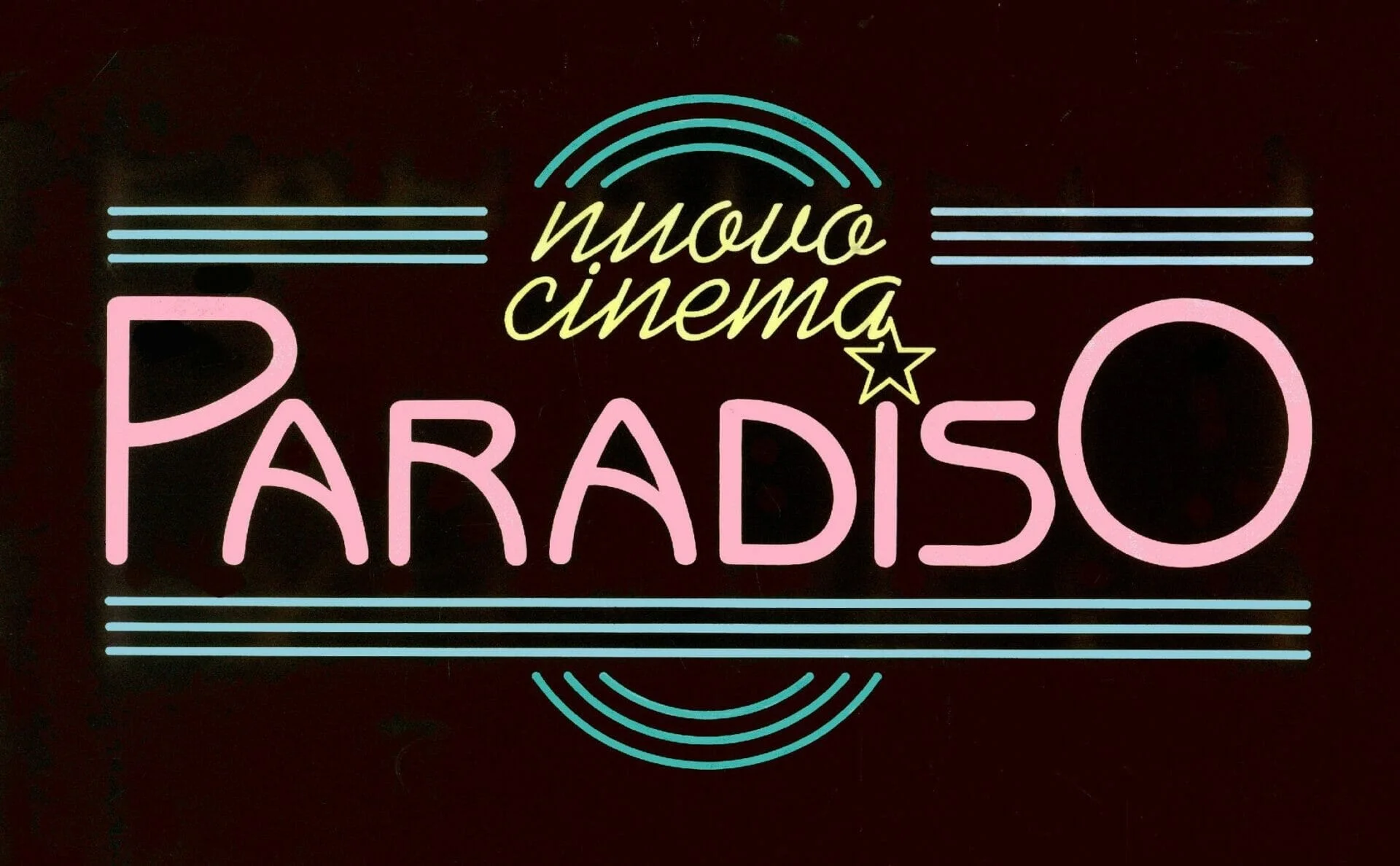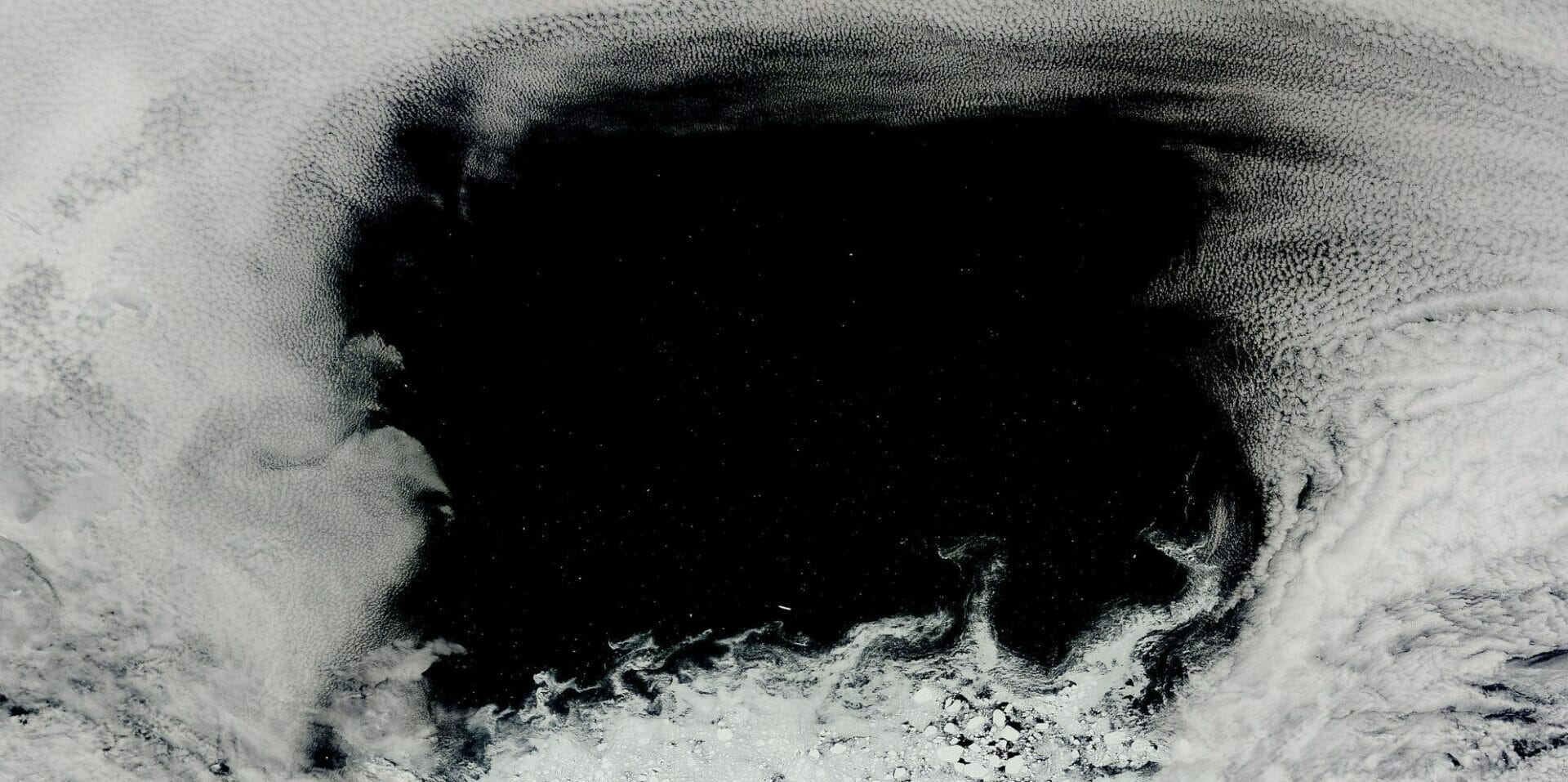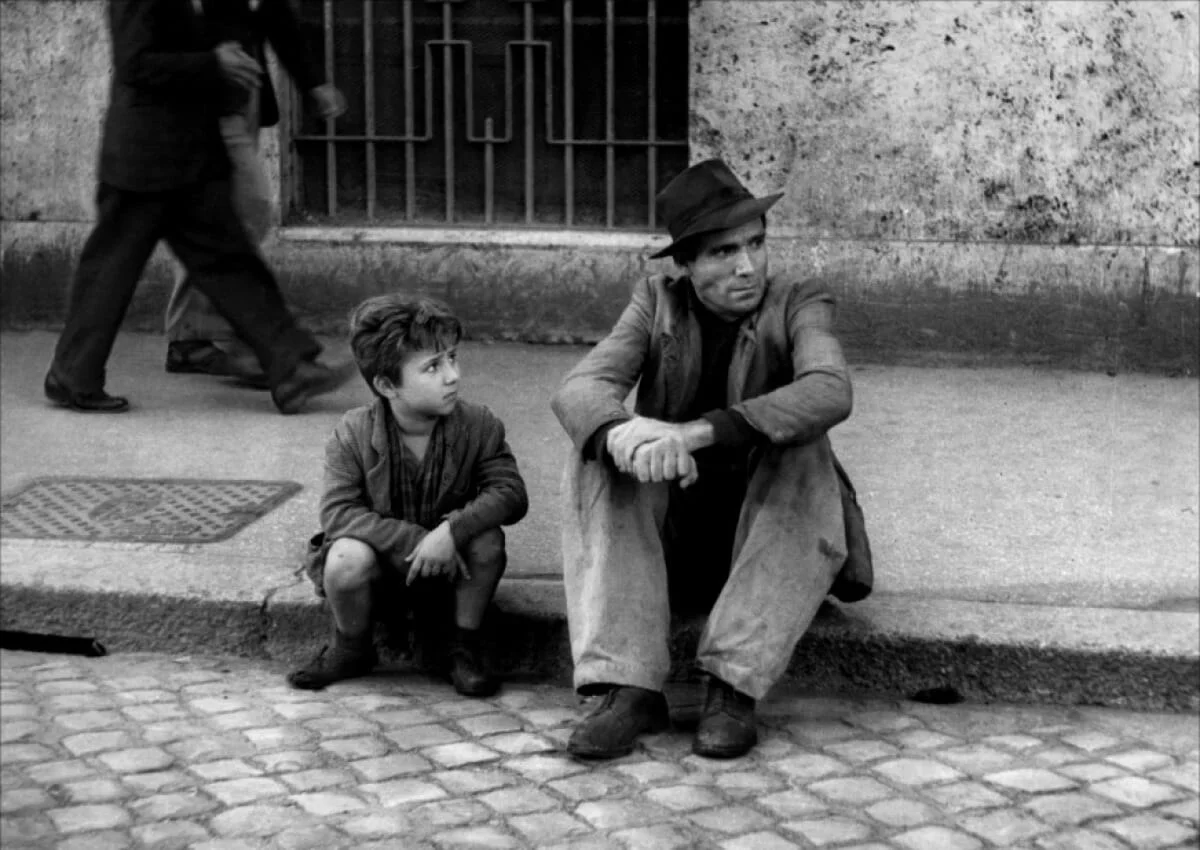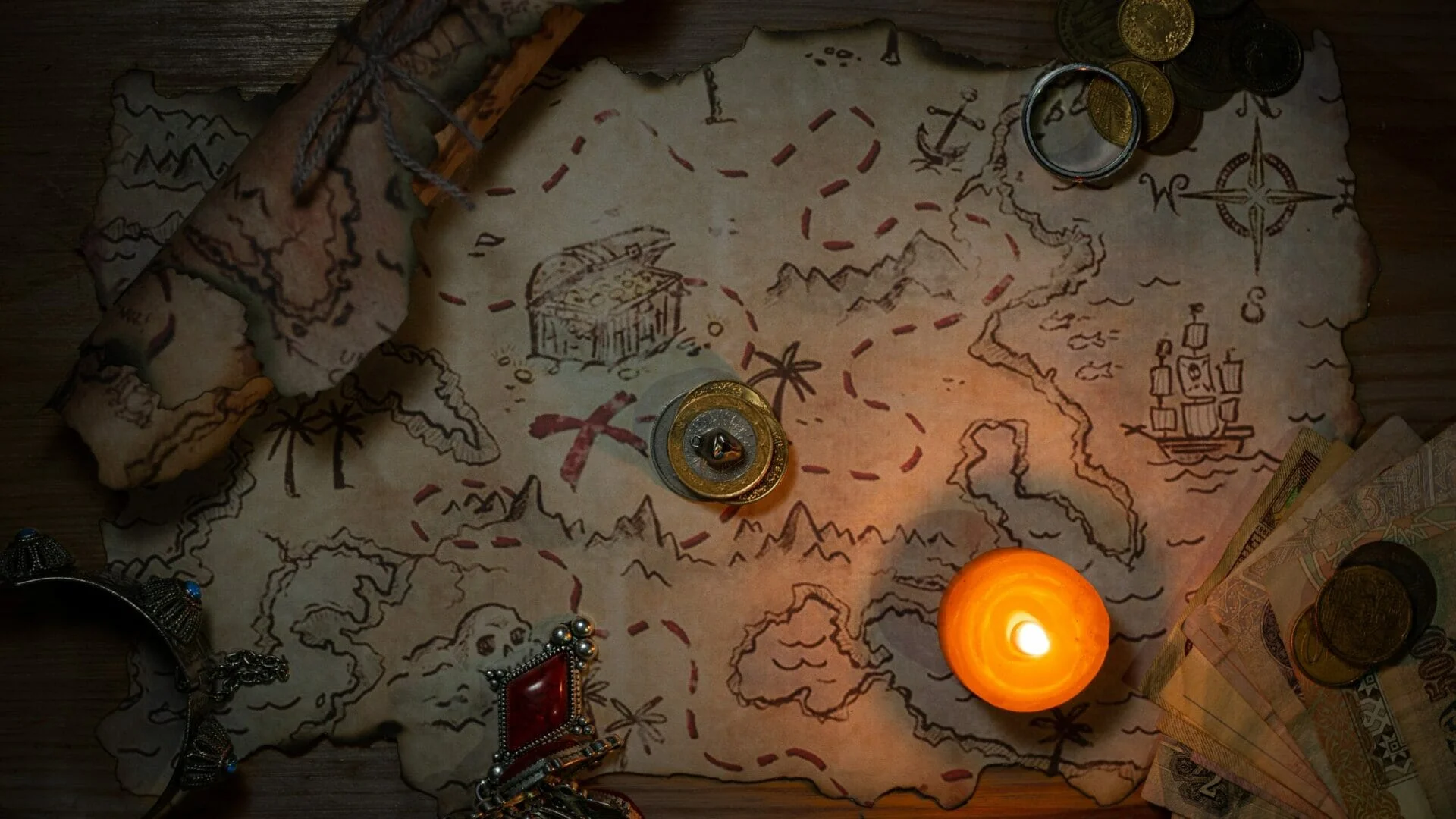
Cinema Paradiso | A Nostalgic Ode to the Seventh Art
Year
Runtime
Director
Main Cast
Writer
Cinematographer
Production Designer
Format
Genre
Described by Empire magazine as one of the greatest non-English language films ever made, the original version of Cinema Paradiso (Nuovo Cinema Paradiso), by Italian director and screenwriter Giuseppe Tornatore, was released in 1988 in Italy. Two other versions also came out – an international version in 1989 and a director’s cut in 2002. The movie interweaves comedy, drama, and romance, touching melodramatic chords. But it is a coming-of-age film as well. It tells the story of a young Sicilian boy, inspired and animated by a love for cinema, cinematography and film, and centers on his relationship with an old projectionist who passed this lifelong passion on to him.
The movie tackles a variety of themes, from the role of the cinema after the Second World War to the contrasting relationship between the protagonist and his homeland, Sicily, and the huge galaxy that is nostalgia. Everything always revolves around the same pillar: cinema. The movie is a tribute to films-about-film and a walking example of cinema as ‘le septieme art,’ or seventh art, as Italian film theoretician Ricciotto Candudo described it in the 1920s. Despite a troubled debut, Cinema Paradiso has become a major milestone in the history of cinematography, both in Italy and around the world. This is thanks, not least, to the magical atmospheres created by the film score which was composed by Italian composer Ennio Morricone.
A boundless passion
Cinema Paradiso narrates, through an extended flashback, the story of Salvatore. Nicknamed ‘Totò’ and played respectively by Salvatore Cascio, Marco Leonardi, and Jacques Perrin, he is a respected filmmaker who, after receiving news of the death of his beloved mentor, retraces his life in one night.
The young Totò lives in a small town in post-World War II Sicily and has a great passion for cinematography. He takes advantage of every opportunity to sneak into the local movie theater, named “Cinema Paradiso”, with the help of projectionist Alfredo (Philippe Noiret). Totò convinces the man to teach him the tricks of the trade. But one day a tragic accident happens in the movie theater. Alfredo only survives thanks to Totò, even though he loses his sight. This tragic event will bind them inextricably. Alfredo will always be a mentor for the boy even when the latter, having become an adult, decides to leave Sicily to forget an impossible love and pursue his dream of becoming a filmmaker.
Totò and Alfredo: becoming each other’s eyes
The deep friendship between Totò and Alfredo is at the heart of Cinema Paradiso. The first is a smart, strong-willed boy with a vivid imagination who comes from a poor family and whose father died in the war. On the other hand, Alfredo is a humble and wise man, who has worked all his life at his town’s cinema and has no children. Both the characters can be traced back to the archetypes of the apprentice and the mentor, and the youngest epitomizes the hero, who does not yet know his own worth. The meeting with Alfredo is, therefore, crucial, as he is the first to recognize the boy’s creative potential. He is the guide who motivates the boy, spurring him toward adventure. The projectionist helps him cross the threshold into an extraordinary world, full of wonders.
The bond between the two evolves as the story continues, slowly growing closer to that between father and son. But it doesn’t end there. Their bond will undergo a further change when Totò saves the projectionist from the fire and teaches him to “see” again. The boy then becomes Alfredo’s eyes. Totò not only takes over as his guide and cares for him but teaches him to see things from a different perspective, almost like a filmmaker does when telling a story.
The melancholy of going back to roots
Cinema Paradiso is partly based on events from the life of Sicilian director Giuseppe Tornatore. Alfredo is inspired by Tornatore’s friend, the Italian photographer Mimmo Pintacuda, who not only introduced a young Tornatore to the world of filmmaking but also showed him the importance of images. His teachings were fundamental to Tornatore’s career, and the director himself claims that Pintacuda conditioned his “capacity to see things as a movie director”.
In addition, Cinema Paradiso shows a very strong if contrasting bond between the director and his homeland. In the film, Sicily is seen through Totò’s eyes (and in subtext those of Tornatore) and is filled with nostalgia. The relationship between Tornatore and Sicily has proven over the years to be a central theme in his filmography, and the director brings to life with his stories fictional characters that narrate the feelings, atmospheres, and contradictions of his homeland. Therefore, even in Cinema Paradiso, Sicily is not merely a geographical space but a source from which to draw experiences and memories, mixing fantasy and reality on the screen.
Tornatore skillfully succeeds in imbuing emotions and aversions into the characters, crafting realistic Sicilian imagery, and does this not only with the settings but also through the language, gestures, and behavior of his characters. In Cinema Paradiso, Sicily is unveiled and investigated in its love-hate relationship with the director. It is a land that offers few prospects to young people as full of dreams as Totò, or Tornatore himself: it is a land from which it is necessary to move away to fully understand it. But it is also, and above all, a place to which it is inevitable to return to fill the void one feels after leaving it.
Living here day by day, you think it’s the center of the world. You believe nothing will ever change. Then you leave: a year, two years. When you come back, everything’s changed. The thread’s broken. What you came to find isn’t there. What was yours is gone. You have to go away for a long time… many years… before you can come back and find your people. The land where you were born.
Alfredo (Philippe Noiret)
Cinema reflecting on itself
In essence, Cinema Paradiso has cinematography itself as its true protagonist. And its characters circulate around it. This is, effectively, a meta-cinematographic movie as it explicitly refers to its own language in a self-referential way. Not only does Tornatore insert many scenes from Hollywood and Italian neorealism classics by mockingly linking them to the events of the movie, but Alfredo, for example, is wont to use movie quotes to dispense advice to the young Totò. Also, the boy often uses the camera to show the world through his eyes. As a result, the viewer follows his point of view and by reflection Tornatore’s, who demonstrates a conscious use of the medium to investigate his art. The director resorts to this expedient to reflect on his own way of making movies, in which an anchoring to his roots is more evident than ever.
What is more, in Cinema Paradiso, cinematography and the movie theater play a key role in the protagonist’s life, becoming a natural refuge, a place where Totò has been seeking protection since childhood. A safe place in which to forget the sorrows of his life.
A mirror to society
From another perspective, the movie theater also becomes a reference point for the local town, a source of entertainment where everyone can identify with the characters on the screen, forgetting the problems of everyday life. In this way, Tornatore skillfully stresses the difference between the social castes of the time through a very specific visual stratagem, namely their placement inside the movie theater.
The less affluent sit in the stalls, while the upper seats are occupied by the more wealthy: this separation between upper and lower classes is a classic narrative gimmick deployed in various ways by many directors, such as Bong Joon-ho. In doing so, the director also shows the aggregative role of cinema: despite the social differences between all these people, as soon as the lights go down and the screening begins, they have the same collective experience.
Finally, in Cinema Paradiso the director also takes time to point out the contrast between the crowding of movie theaters after World War II and the period of decline experienced by Italian cinematography in the 1980s, which was when the movie was shot. During this decade, Italian genre cinema went through a dark period resulting in a marked drop in movie theater attendance. Therefore, through Cinema Paradiso, Tornatore also aimed to spark a reflection on a long-gone time when cinema theaters were overflowing and also on the ways in which cinema has evolved since.
Many other filmmakers used meta-cinema in their works, including Billy Wilder in Sunset Boulevard (1950), Federico Fellini in 8½ (1963), and Quentin Tarantino who used it in many of his movies, such as Pulp Fiction (1994), Inglourious Basterds (2009), and Once Upon a Time in Hollywood (2019).
The music by Ennio Morricone
The soundtrack produced by award-winning Italian composer Ennio Morricone is an essential element of Cinema Paradiso. Morricone successfully captured the essence of Tornatore’s movie by combining image and sound in an exemplary way. The Main Theme, born from the combination of piano, saxophone, and string quartet, gently introduces the viewer to the imaginary world. Distinguishing the musical score are the lively and delicate symphonies that accompany the protagonist’s childhood and the more melancholy passages that outline his adult life.
The orchestral symphonies drag in rural Sicilian atmospheres, blending with the images. The famous piece entitled Love Theme, composed by Morricone’s son Andrea is poignant and intense. It plunges the viewer into a bittersweet dimension, and the theme that serves as a backdrop for the protagonist’s tormented love comes from the combination of piano, romantic strings, and saxophone. The result is a nostalgic anthem that envelops the viewer, transporting them into a bewitching dream.
Cinema Paradiso de facto marks the beginning of the artistic partnership between director Tornatore and maestro Ennio Morricone that lasted until the composer’s recent death. To the career of Morricone and their deep friendship, the director dedicated the documentary Ennio: The Maestro (2021).
With the music composed for Cinema Paradiso, Morricone once again demonstrated experimentation with sound, above all, conceiving the soundtrack as an element capable of establishing a relationship of interdependence with the movie and not merely as a decorative element.
From troubled beginnings to international acclaim
Cinema Paradiso suffered a particularly troubled history. Especially in its debut. Much of the reason for the initial partial failure at the box office was given to the movie’s length (174′). For this reason, it was later screened in a shortened version at 155′, then distributed internationally in the 123′ version. It was indeed the international version that obtained public and critical acclaim. At the 42nd Cannes Film Festival, Cinema Paradiso won the Jury’s Special Grand Prix. Later, it won the Golden Globe Award for Best Foreign Language Film. Then the Academy Award for Best International Feature Film, and the BAFTA Award for Best Film Not in the English Language.
Ultimately, widely regarded as one of the classics of Italian cinema, Cinema Paradiso never ceases to excite old but also new generations. After more than three decades, despite the extensive changes in the movie industry and the moviegoing experience, this movie shows how the seventh art and movie theaters continue to fascinate and enchant millions of viewers around the world. Thus, the picture has changed, but the intrinsic message of Cinema Paradiso remains the same. For nothing can replace the social, cultural, and collective value of the movie theater experience.
Tag
Buy a ☕ for Hypercritic









